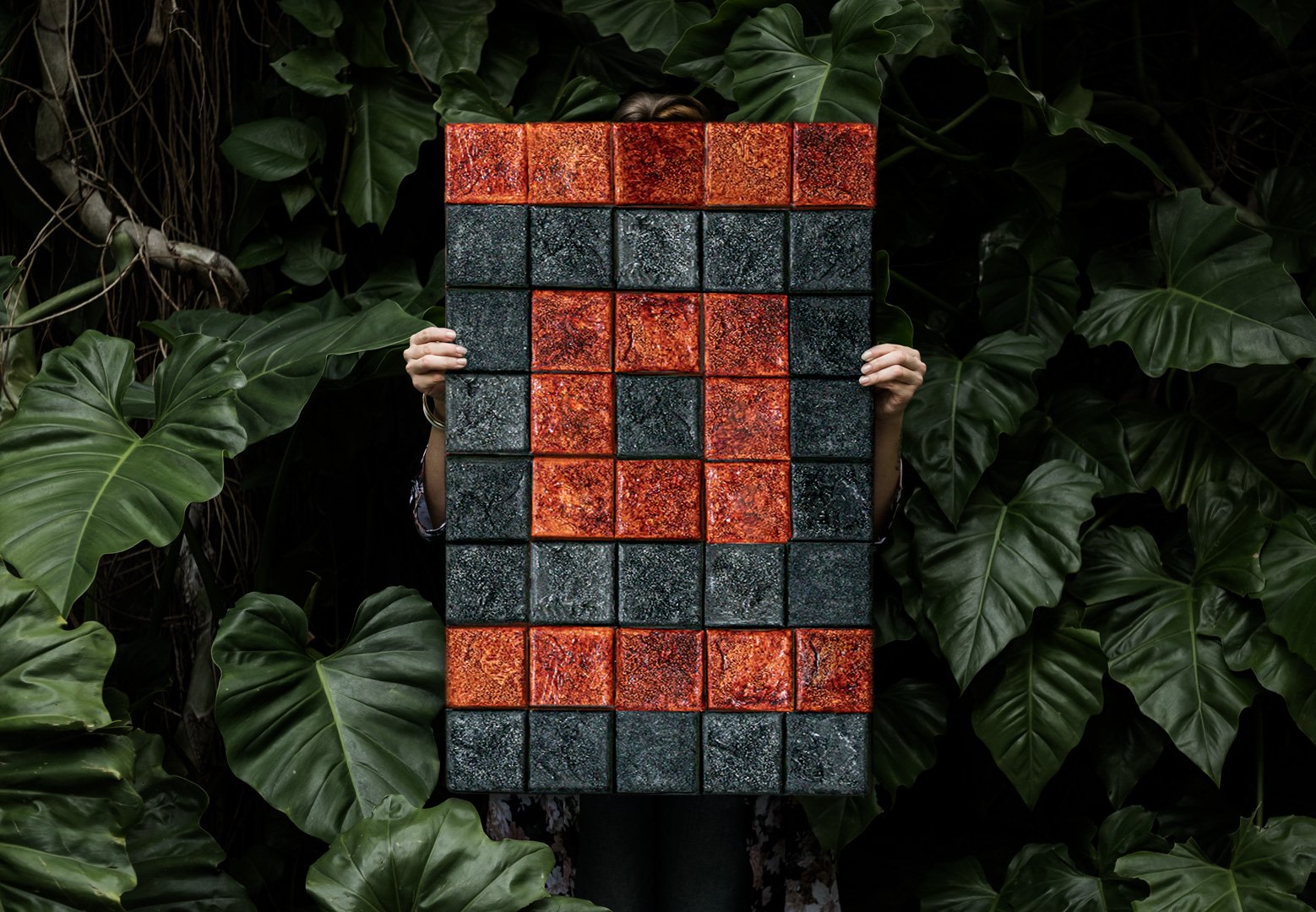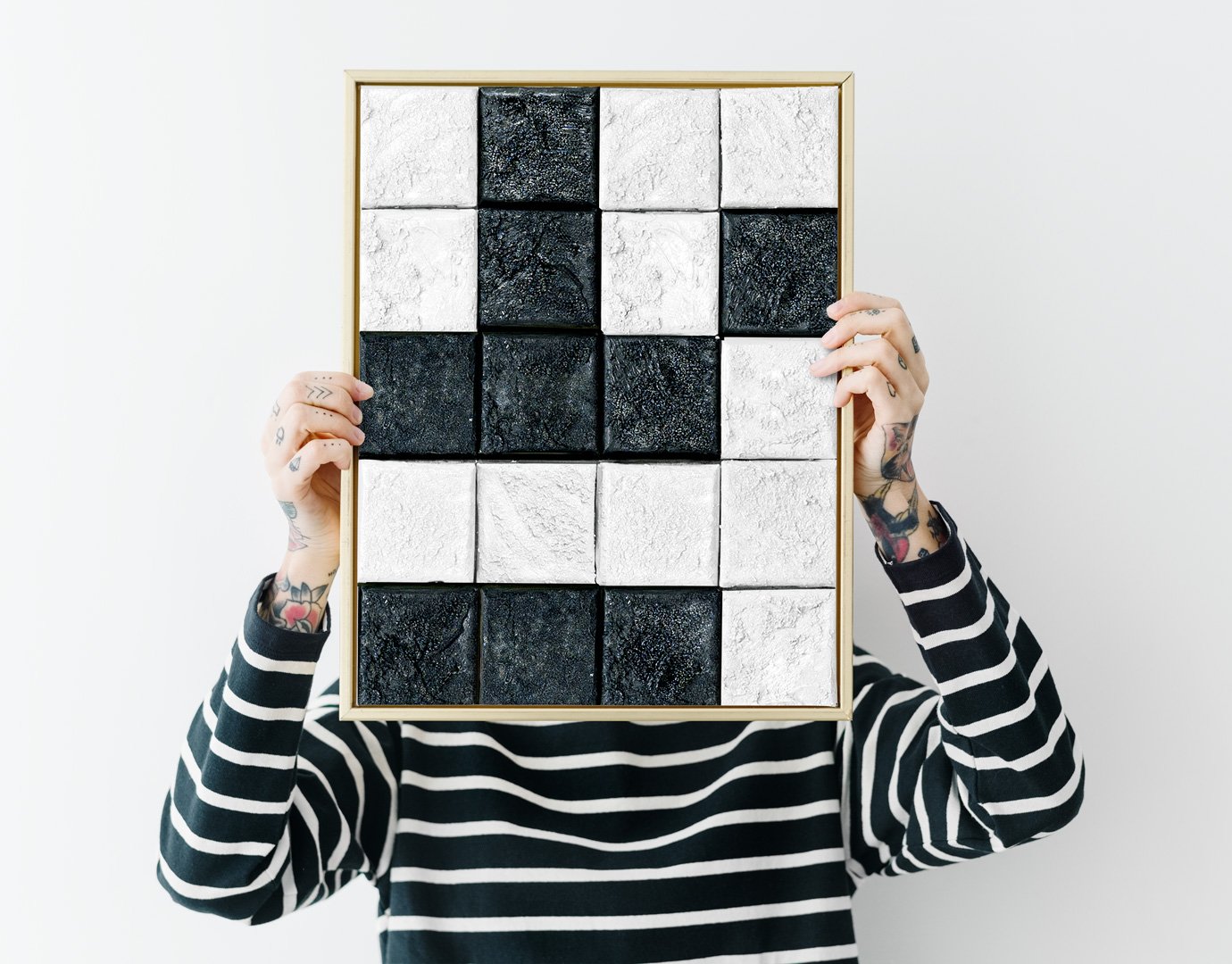VEGESENT’s STRATEGY FOR BRIGHTER FUTURE as sustainable artist
🌿 Follow Values: Why Art Must Reflect the World We Want to Build
Hello, I'm Veronika, the founder of Vegesent — an art brand rooted in ethical values, social responsibility, and environmental awareness. I’ve spent years reflecting on the role creativity plays in shaping society, and I’ve come to believe that art is far more than aesthetic decoration. It is a tool for reflection, advocacy, and transformation.
As one of many sustainable artists working to align creative practices with a more just and compassionate world, my mission is simple: to produce sustainable artworks that honour our planet, care for its inhabitants, and question harmful societal patterns.
This isn’t about perfection or unattainable purity. It’s about honest, incremental steps — making conscious choices in how we create, what we support, and what values we carry forward through our work.
CHANGE IS NEEDED
I often find myself picturing a world free from excessive consumerism and unhealthy attachments to material things. A society where people place more value on compassion, responsibility, and genuine human connection than on chasing bigger houses or the latest possessions.
Through both my creative work and social initiatives, I try to encourage a shift toward this way of being — where art isn’t only about visuals but also about the message it carries and the systems it challenges.
In this vision, sustainable artists play a vital role, using their voice and visibility to address pressing issues such as social inequality, animal welfare, and environmental degradation.
We are living at a pivotal moment. Issues like climate change, exploitation of people and animals, and environmental destruction have reached critical levels. And while these problems may seem overwhelming, I believe in the power of small, consistent actions.
My work — and the founding of Vegesent — is my personal response to these challenges. I’ve chosen to focus my art and advocacy on areas where I feel I can contribute meaningfully, even if modestly.
✖ Inequality
The richest 26 people own as much wealth as 3.8 billion people.
✖ Slavery
30 million people are enslaved in forced labor and 719 million people live on less than $2.15 a day.
✖ Environment
More than 80% of the world’s original forests are gone. Animal agriculture is responsible for up to 91% of the Amazon rainforest destruction.
✖ Consumerism
Every year 1.3 billion tons of food are wasted as some 2 billion people suffer from hunger and malnutrition.
✖ Cruelty
More Than 150 Billion Animals are Slaughtered Every Year. If humans killed each other at the same rate we kill animals we'd be extinct in 17 days.
THE ROADMAP for Sustainable Art Practice
As one of many sustainable artists committed to systemic change, I’ve set out five core principles that guide my work at Vegesent:
Sustainable Artworks for a Changing World
The art world is beginning to evolve, but there’s much further to go. I believe that sustainable artworks can help challenge harmful traditions in production and consumption while offering beautiful, meaningful alternatives.
My own collections often reflect Nordic minimalism and organic forms — a celebration of nature and simplicity that aligns naturally with sustainable values. Through scalable, vegan-friendly works designed for mindful interiors, I aim to offer both visual beauty and ethical clarity.
This, for me, is the future of art: where creativity and conscience are inseparable.
The Outcome I Hope For
I don’t claim to have all the answers or to be leading any grand movement. I see myself as one of many artists trying to contribute in a way that feels honest and constructive.
My hope is that by integrating ethical values into both creative practices and business models, we can reshape cultural norms and promote social and environmental wellbeing.
Whether through donating to causes, choosing sustainable art materials, raising awareness, or reducing waste, every step matters. When we view art as a tool for reflection and change — not just ornamentation — it gains a deeper, lasting relevance in shaping the kind of world we want to leave behind.
And so, I continue to learn, adapt, and collaborate with those who share these intentions, hopeful that together, artists and their audiences can help carve out a fairer, kinder, and more sustainable future.
🌿Follow Veronika on social media and be part of the discussion on responsible art choices.
🌍 Shape Change and connect with a community of designers who share your passion for ethical art and sustainable design.
RELATED ARTICLES
RELATED ARTICLES
SUPPORTING HUMAN RIGHTS AND DIVERSITY
Artist statement: In order to support people with purpose-leading lifestyle I do a great amount of work, always welcoming you to be a part of it.
WHAT DOES ETHICAL ART MEAN?
Artist statement: I have taken pride in upholding the fundamental principles upon which my practice was founded, which are environmental responsibility, support of animal welfare initiatives and business behavior, promotion of human rights, wellbeing and diversity.
ART MATERIALS ALIGNED WITH SUSTAINABLE CRUELTY-FREE VALUES
Artist statement: My carefully selected range of materials and suppliers ensures not only the longevity of the artwork but also worker’s and art owner’s health and well-being.









